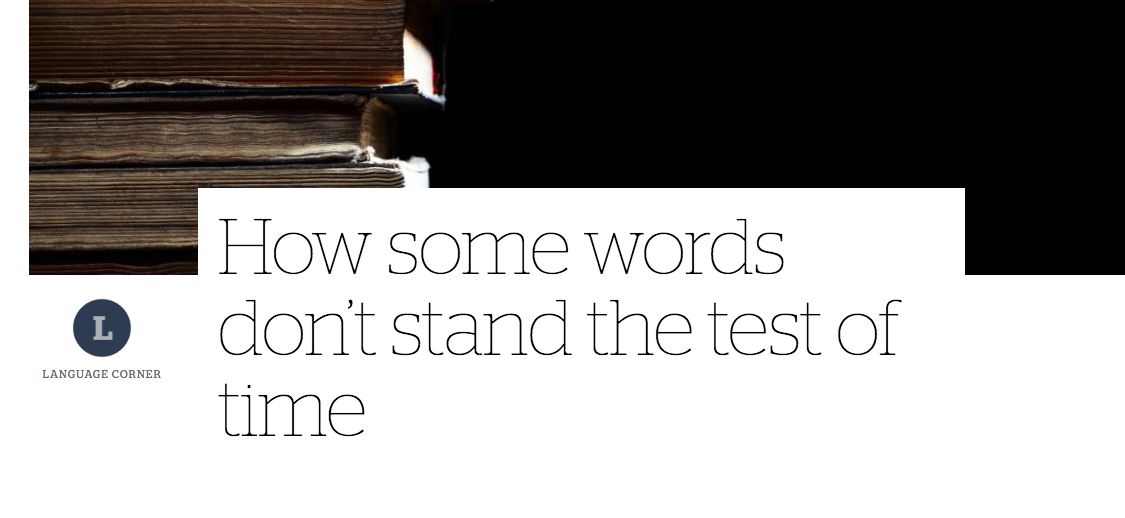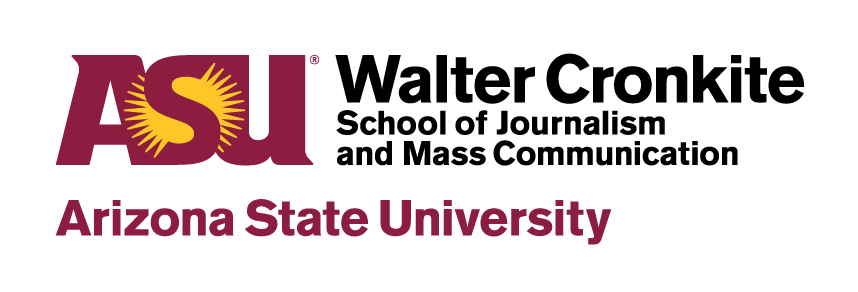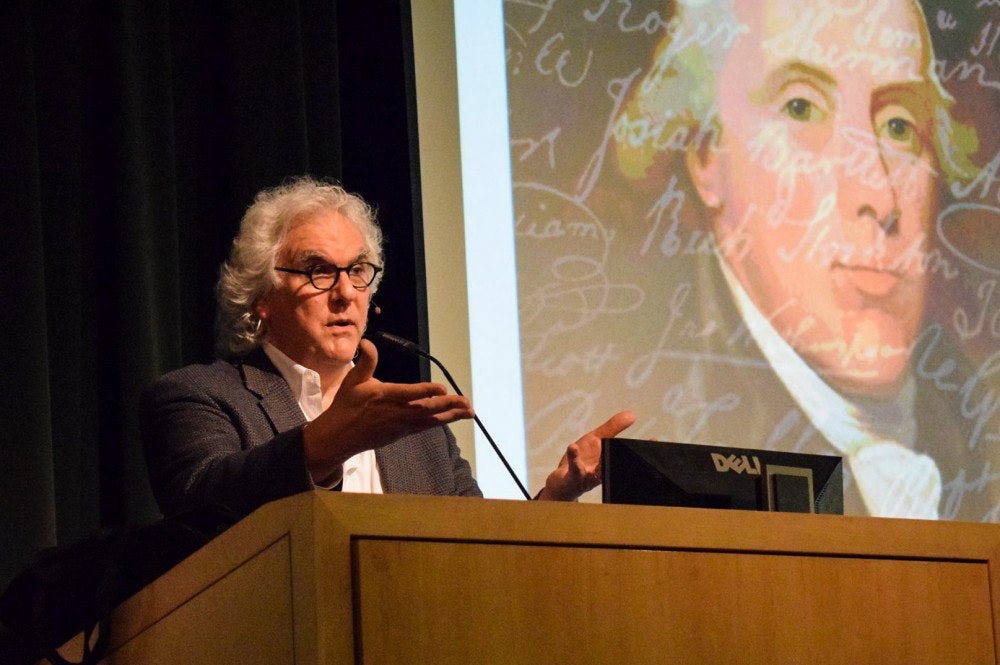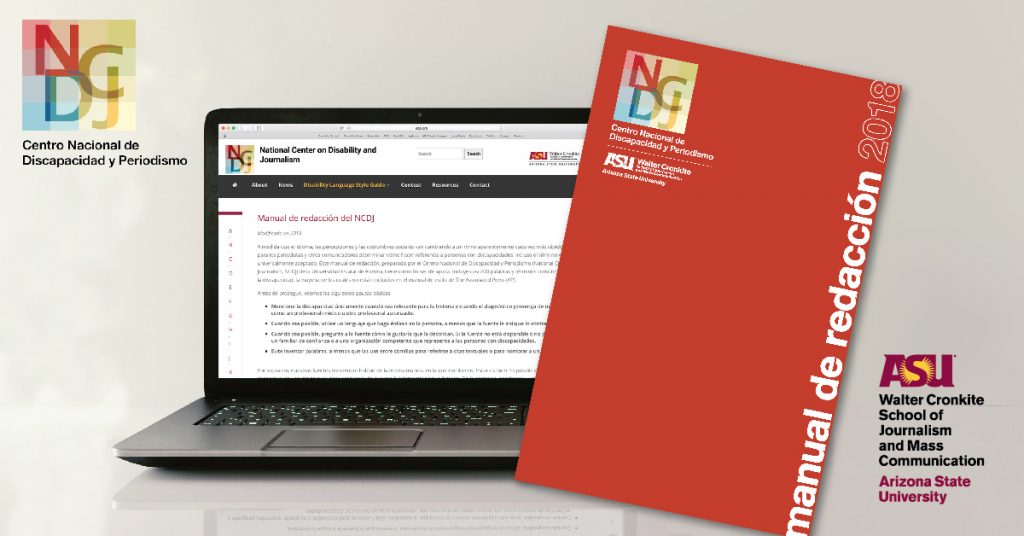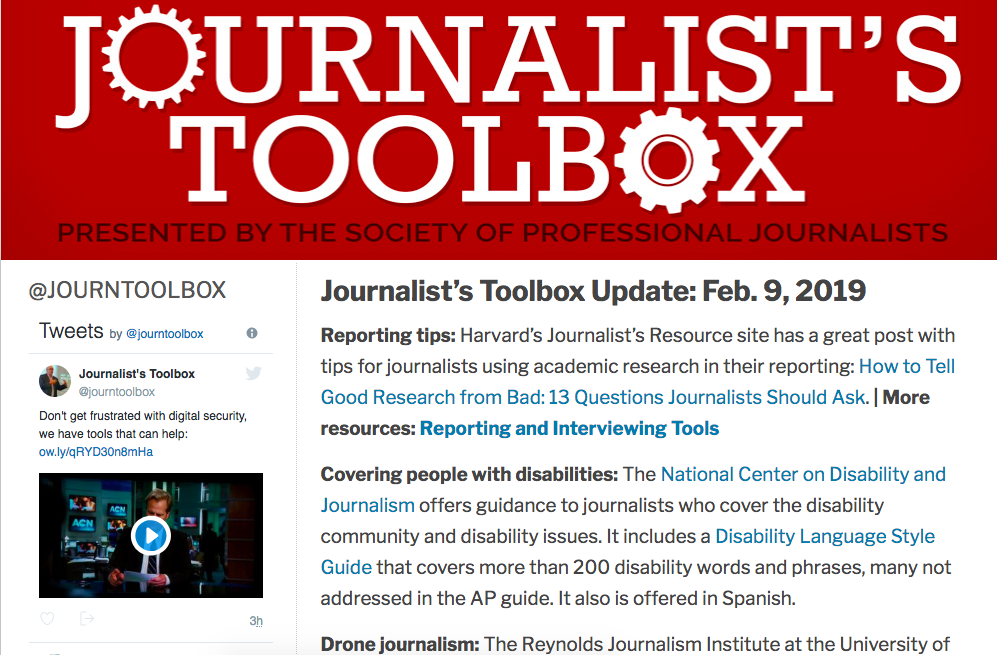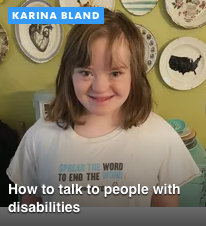By Jenna Miller
Nine years ago when Ruxandra Mateescu’s daughter, Olga, was born with special needs, she was stunned at the lack of information and the gaps in care.
“When Olga was born I tried to look up with Google what retarded means because the doctor said when she grew up she would be retarded or maybe dead or a vegetable. He used words like that,” Mateescu said in a Skype interview.
Mateescu lives in Bucharest, the capital city of Romania and is fluent in both English and Romanian. People with disabilities don’t have many rights in Romania, and much of the public is uninformed about disability issues, “like the fifties in the United States,” she said.
In addition, the Romanian health care system is difficult to navigate, Mateescu said, and she couldn’t figure out where to go to get more information about her child. Even after nine years and many doctors visits, Olga has never had an official diagnosis to classify her disability.
A journalist who worked for a parenting website, Mateescu did what came to her naturally: She started blogging about her daughter, their lives and the struggles she faced trying to find information and support. Other parents responded and asked her to keep writing. She now runs a website that features stories of people with disabilities and their families.
“I started writing when I was very angry, so my writing was very angry on everybody,” she said. “Many of them [other parents] told me that I was courageous… I don’t know.”
Mateescu said it was taboo in her country to even talk about disabilities when she started her blog, but the situation is slowly improving. Now there are more blogs devoted to the subject and mainstream media also has begun to show interest. However, Mateescu calls most of the reporting shallow and says the focus is “on the pity element.” Pejorative language and offensive terms are still common in mainstream news both on television and in newspapers.
“If experienced journalists are doing that, they don’t realize that it is wrong,” she said “Somebody has to say, it’s not okay– this is how you do it.”
One day Mateescu was searching the internet for resources on disability issues and she happened upon the National Center on Disability and Journalism’s style guide, which provides guidance on words and terms related to disability. She thought it would be a great help to journalists and communicators in her country, but there was a problem: The English language guide would have to be translated into Romanian.
She started by sending an email to the center at Arizona State University asking for permission to undertake a translation. “I wrote and I said, ‘Well, they will never answer back they are huge,’ and I received the email one morning, and I was like ‘Wow, they answered.’ We are not used to that reaction of kindness.”
Across the world in Phoenix, Arizona, NCDJ Director Kristin Gilger said she had long hoped to have the guide, which contains almost 100 words and terms, translated into other languages. She immediately said yes.
Mateescu then put out a call on social media for help. Seven volunteers responded — friends, relatives and even an English teacher who happened to be her manicurist’s husband. Together they combed through the guide. Some words didn’t translate or didn’t exist in Romanian. For those, the group did their best to supply the closest Romanian approximation. They worked quickly. It took one week to translate the guide and another to check it and get it ready for publication.
Once completed, Mateescu tried to get the style guide out to as many people as possible by posting it on her website and on social media. She said she immediately starting getting “likes” and “shares.” She is now setting up meetings with journalists and parents to discuss the guide and advocate for its use by Romanian journalists.
Along with improvements in language, Mateescu hopes to see more investigative stories about the lack of support and infrastructure for people with disabilities in her country. According to a report compiled by the Academic Network of European Disability Experts, 24 percent of children with disabilities in Romania are not registered for any form of education. The 24 percent includes Mateescu’s daughter, Olga.
The situation isn’t much better for adults with disabilities. The same report shows that fewer than 16 percent of people with disabilities are employed. It is common for people to stop and stare at people with visible disabilities in public. And Mateescu says it’s almost impossible for people with physical disabilities to get around her home city of Bucharest. Many public buildings, busses and metro stations don’t have elevators or ramps, and most homes are difficult to get into and out of for those using wheelchairs.
Mateescu says it is painful to think about the challenges her daughter will face when she grows up, but she tries to focus on fighting for the things she can change.
“I don’t know if my daughter will have some benefits from that, but, for sure, the next generation of parents will be much better off than my generation is now,” she said.
